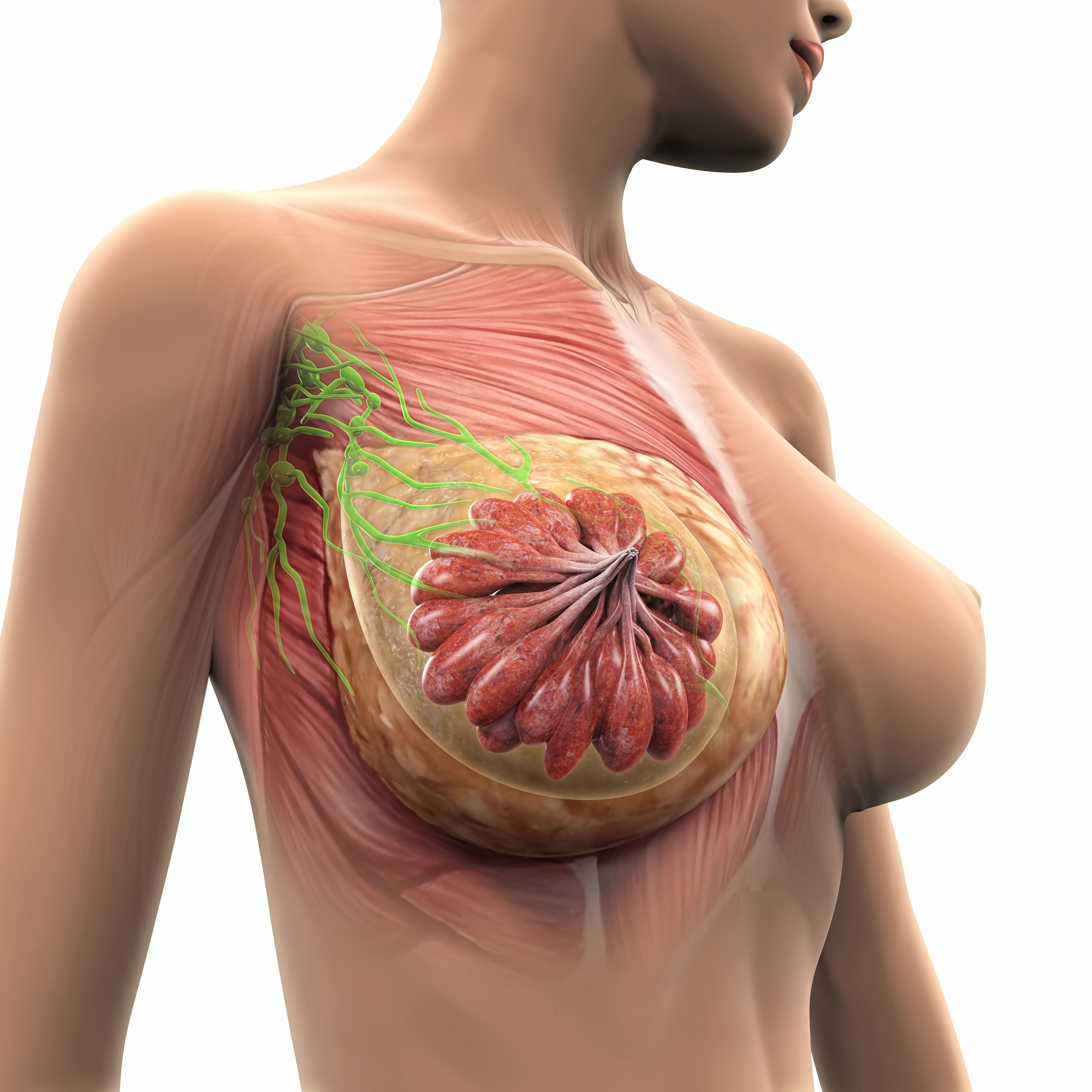Proton Vs Photon Therapy Yields Similar HRQOL in Non-Metastatic Breast Cancer
The RadComp Consortium trial showed comparable HRQOL between proton and photon therapy for patients with non-metastatic breast cancer.
The RadComp Consortium trial showed comparable HRQOL between proton and photon therapy for patients with non-metastatic breast cancer.

Health-related quality of life (HRQOL) was positive and similar between patients with non-metastatic breast cancer who received proton vs photon radiation therapy, according to results from the RadComp Consortium trial (NCT02603341) presented at the 2025 American Society for Radiation Oncology Annual Meeting.
When assessing PROMIS Fatigue score, Satisfaction with Breast Cosmetics Outcomes score, BREAST-Q total score, or FACT-B trial outcome index score, there was no clinically meaningful difference between those who received proton or photon therapy.
When categorized as 0 vs 1 to 4, shortness of breath favored photons (OR, 0.74; 95% CI, 0.59-0.93), as observed by the PRO-CTCAE. After multiple comparisons, the investigators found no significance.
“The RadComp team felt that it was appropriate to do something called a multiplicity analysis. These analyses intend to rule out any false positives when you have multiple items. When this was done, [shortness of breath] fell out of significance, so we are not considering this to be a significant finding; however, multiplicity analyses also increase the risk of false negatives. It doesn’t mean this finding should be outright thrown out, but it is deserving of additional research,” Shannon MacDonald, MD, FASTRO, medical director at Southwest Florida Protons, said during the presentation.
MacDonald noted that patients with breast cancer often experience pneumonitis from 0 to 6 months after radiation, but clinicians often don’t ask patients if they are short of breath or even look for shortness of breath in these patients.
Additional results observed included FACIT items being statistically significantly in favor of proton therapy; they included willingness to recommend treatment (OR, 0.13; 95% CI, 0.08-0.22; P <.001) and likelihood to choose treatment again (OR, 0.11; 95% CI, 0.07-0.18; P <.001).
“These items maintained significance after multiplicity analyses. These items continue to be significant; however, they must be interpreted in the context of an unblinded study, as we could not blind our patients to what treatment they received,” MacDonald said.
A total of 1239 patients were randomly assigned to either the photon therapy or proton therapy arms between February 2016 and March 2024. Patients were stratified by age (older or younger than 65), cardiovascular risk (0 to 2 risk factors vs more than 2), surgery (mastectomy vs lumpectomy), and treatment laterality (right vs left).
In the proton or photon therapy arms, patients had the breast/chest wall and nodal radiation treated with internal mammary node treatment. Radiation was administered at 45.0 Gy to 50.4 Gy in 1.8 Gy to 2.0 Gy fractions with or without a tumor bed boost.
The primary end point was assessing HRQOL. Secondary end points included FACIT-TS-G and PRO-CTCAE; HRQOL questionnaires collected at baseline, at the end of radiation, and at 1- and 6-month follow-ups; sufficient power to detect clinically meaningful responses in HRQOL; and HRQOL measures previously validated in the RadComp cohort.
“Loco-regional control and major cardiac events…will be reported according to the study’s statistical plan in the future,” MacDonald concluded.
Reference
MacDonald SM, Pugh S, Paulus R, et al. Phase 3 randomized trial of proton vs. photon therapy for patients with non-metastatic breast cancer receiving comprehensive nodal radiation: a radiotherapy comparative effectiveness (RadComp) consortium trial: health-related quality of life outcomes. Presented at the 2025 American Society for Radiation Oncology Annual Meeting; September 27-October 1, 2025; San Francisco, CA. LBA01